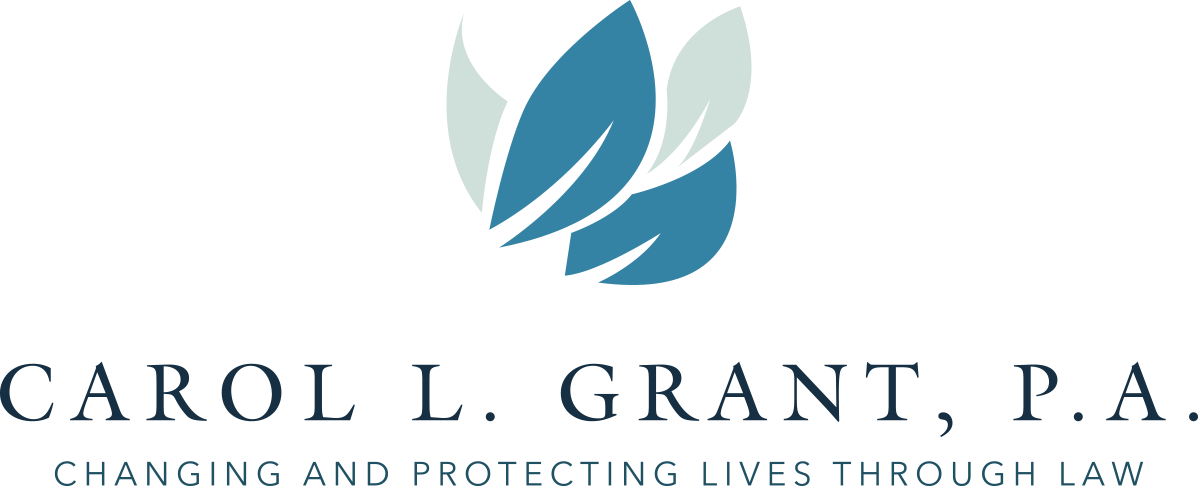This aspect of the tax code changes the value—known as the “cost basis”—of an inherited asset, including stocks or property. As a result, the heir may receive a reduction in the capital gains tax they must pay on the inherited assets. For others, according to the recent article, “What Is Step-Up In Basis?” from Forbes, it allows families to avoid paying what would be a normal share in capital gains taxes by passing assets across generations. Estate planning attorneys often incorporate this into estate plans for their clients to minimize taxes and protect assets.
Here’s how it works.
If someone sells an inherited asset, a step-up in basis may protect them from higher capital gains taxes. A capital gains tax occurs when an asset is sold for more than it originally cost. A step-up in basis considers the asset’s fair market value when it was inherited versus when it was first acquired. This means there has been a “step-up” from the original value to the current market value.
Assets held for generations and passed from original owners to heirs are never subject to capital gains taxes, if the assets are never sold. However, if the heir decides to sell the asset, any tax is assessed on the new value, meaning only the appreciation after the asset had been inherited would face capital gains tax.
For example, Michael buys 200 shares of ABC Company stock at $50 a share. Jasmine inherits the stock after Michael’s death. The stock’s price is valued at $70 a share by then. When Jasmine decides to sell the shares five years after inheriting them, the stock is valued at $90 a share.
Without the step-up in basis, Jasmine would have to pay capital gains taxes on the $40 per share difference between the price originally paid for the stock ($50) and the sale price of $90 per share.
Other assets falling under the step-up provision include artwork, collectibles, bank accounts, businesses, stocks, bonds, investment accounts, real estate and personal property. Assets not affected by the step-up rule are retirement accounts, including 401(k)s, IRAs, pensions and most assets in irrevocable trusts.
If someone gives a gift during their lifetime, the recipient retains the basis of the person who made the gift—known as “carryover basis.” Under this basis, capital gains on a gifted asset are calculated using the asset’s purchase price.
Say Michael gave Jasmine five shares of ABC Company stock when it was priced at $75 a share. The carryover basis is $375 for all five stocks. Then Jasmine decides to sell the five shares of stock for $150 each, for $750. According to the carryover basis, Jasmine would have a taxable gain of $375 ($750 in sale proceeds subtracted by the $375 carryover basis = $375).
The gift giver is usually responsible for any gift tax owed. The tax liability starts when the gift amount exceeds the annual exclusion allowed by the IRS. For example, if Michael made the gift in 2018, he could avoid gift taxes on a gift he gave to Jasmine that year with a value of up to $15,000. This gift tax exemption for 2023 is $17,000.
Reference: Forbes (March 28, 2023) “What Is Step-Up In Basis?”







